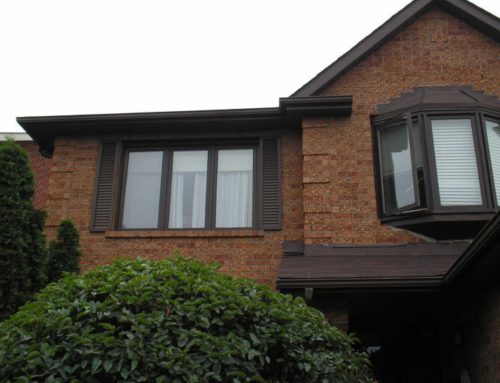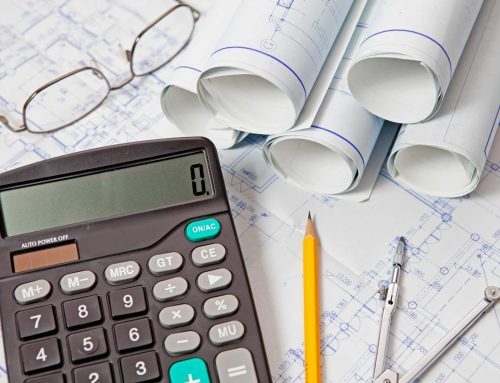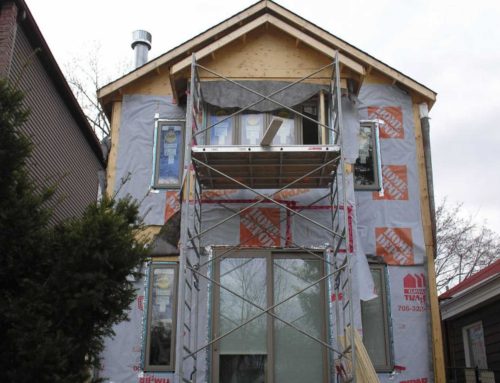A cohesive exterior renovation delivers far more than a surface-level facelift. It ensures lasting protection, improved efficiency, and stronger resale value. Rather than approaching upgrades in isolation, property owners are turning to full-scope renovations that combine siding replacement, window upgrades, and roofing updates in one well-orchestrated project. The results are not only visually appealing but also better performing and more durable. When these major exterior elements are coordinated, the benefits multiply. It becomes easier to manage energy loss, prevent water damage, and extend the lifespan of the entire exterior envelope. Smart renovation strategies highlight how bold exterior pairings help avoid costly oversights and disjointed results, especially when multiple features meet at rooflines, trim, and corners.
Why Exterior Coordination Matters
When roofing, siding, and windows are upgraded together, they form a continuous defence against the elements. Moisture control, insulation, and structural stability are all improved when the building envelope functions as a single system. Durable materials like fibre cement or premium vinyl siding, when paired with properly sealed windows and a high-performance roof, offer comprehensive protection against cold, wind, and moisture. This synergy reinforces the role of siding in shielding buildings from extreme weather while amplifying the benefits of insulated windows and roof layers.
Beyond performance, a unified design also boosts visual appeal. Trim profiles, window frames, and roof colours that complement each other create a finished, high-end look. Architectural cohesion becomes especially noticeable when modern design principles—like symmetry, contrast, and proportion—are applied. The impact of bold siding colour choices, when aligned with matching tones on the roof or accents, demonstrates how thoughtful exterior pairings can transform even modest structures into standouts.
Matching Functionality with Visual Flow
Choosing low-maintenance materials across siding, windows, and roofing pays off in reduced upkeep and longer lifespans. For example, maintenance-free window frames made of vinyl or aluminium-clad composites work well alongside siding options that resist fading, warping, and mould growth. This practical pairing ensures the exterior stays looking sharp with minimal intervention. Installation best practices also matter; aligning siding panels correctly with window openings and eaves allows for secure flashing, cleaner seams, and fewer issues with drafts or leaks over time.
Cohesive exterior pairings do not require uniformity. In fact, contrast in texture—such as mixing vertical and horizontal panels or pairing matte siding with gloss-finished windows—adds dimension. Colour coordination provides visual flow across elevations even in subtle ways. These design strategies are most effective when built on a foundation of durability and performance, making the entire exterior both stylish and functional.
Energy Efficiency Starts on the Outside
Energy loss through walls, windows, and roofs is one of the leading causes of high utility bills. When multiple exterior systems are upgraded together, insulation can be added, gaps can be sealed, and materials can be selected based on their thermal properties. Siding with built-in insulation layers can reduce heat transfer through walls. Modern windows prevent air leakage and reduce solar gain. Combined with a roof that manages heat absorption, these upgrades make buildings more efficient from the outside in.
The long-term value of siding that contributes to better thermal performance is well established. Especially when combined with energy-smart roofing materials and window systems, the total savings over time can be substantial. This strategy supports both financial and environmental goals by minimizing unnecessary energy use throughout the year. High-performing exterior pairings that balance looks and efficiency can significantly improve a building’s operational comfort.
Timing is Everything—Plan Smart
Exterior renovations follow a logical sequence. When completed separately, important installation steps can be overlooked, particularly where roof flashing meets wall systems or where siding wraps around window frames. Completing these elements together ensures every junction is sealed properly and designed to work in tandem. Coordinating the timing of these installations helps maintain structural integrity and minimizes the risk of water intrusion.
Staging renovations over several months or years may also create visual inconsistencies. For instance, newly installed roofing can make old siding appear worn, or upgraded windows may highlight outdated exterior colours. Planning the project as a single scope provides a cleaner outcome and greater impact. When thoughtfully timed, exterior pairings allow contractors to optimize sequencing and enhance both design and durability.
Design Tips for a Cohesive Look
Design plays a critical role in how a property is perceived. Choosing siding, windows, and roofing that complement each other in tone, texture, and proportion elevates the entire look of a home or commercial building. Vertical siding panels may lend a modern touch when installed alongside standing seam metal roofs. On the other hand, horizontal siding in earth tones may pair well with dark asphalt shingles and white-framed windows. Each element should enhance the others while reflecting the overall architectural style.
Smaller details, such as soffits, fascia, and gutters, also contribute to a cohesive appearance. When these features are colour-matched or coordinated with the primary materials, the result is seamless. The best exterior pairings use strong visual anchors—whether through contrasting trim or repeated colours—and avoid design elements that compete. Materials should be selected not just for their individual appeal but for how well they support the complete design vision.
Nail the Whole Look, Not Just the Siding
Exterior renovations work best when treated as an integrated investment. Coordinating siding replacement with new windows and roofing upgrades improves performance, reduces maintenance, and maximizes curb appeal. These benefits don’t emerge from isolated updates. They come from a strategy that considers how each component affects the other.
For those looking to add value to a property, reduce energy use, or protect against harsh Canadian weather, combining these upgrades delivers more than just efficiency. It brings peace of mind, knowing the entire exterior has been built to last—and to impress. Thoughtful exterior pairings help every upgrade work harder, last longer, and look better for years to come.






